Special education teacher CV examples for this year
Special education teachers need specific knowledge and skills to excel in individualized education programs. How do you create a CV that shows this?
Special education teachers need specific knowledge and skills to excel in individualized education programs. How do you create a CV that shows this?
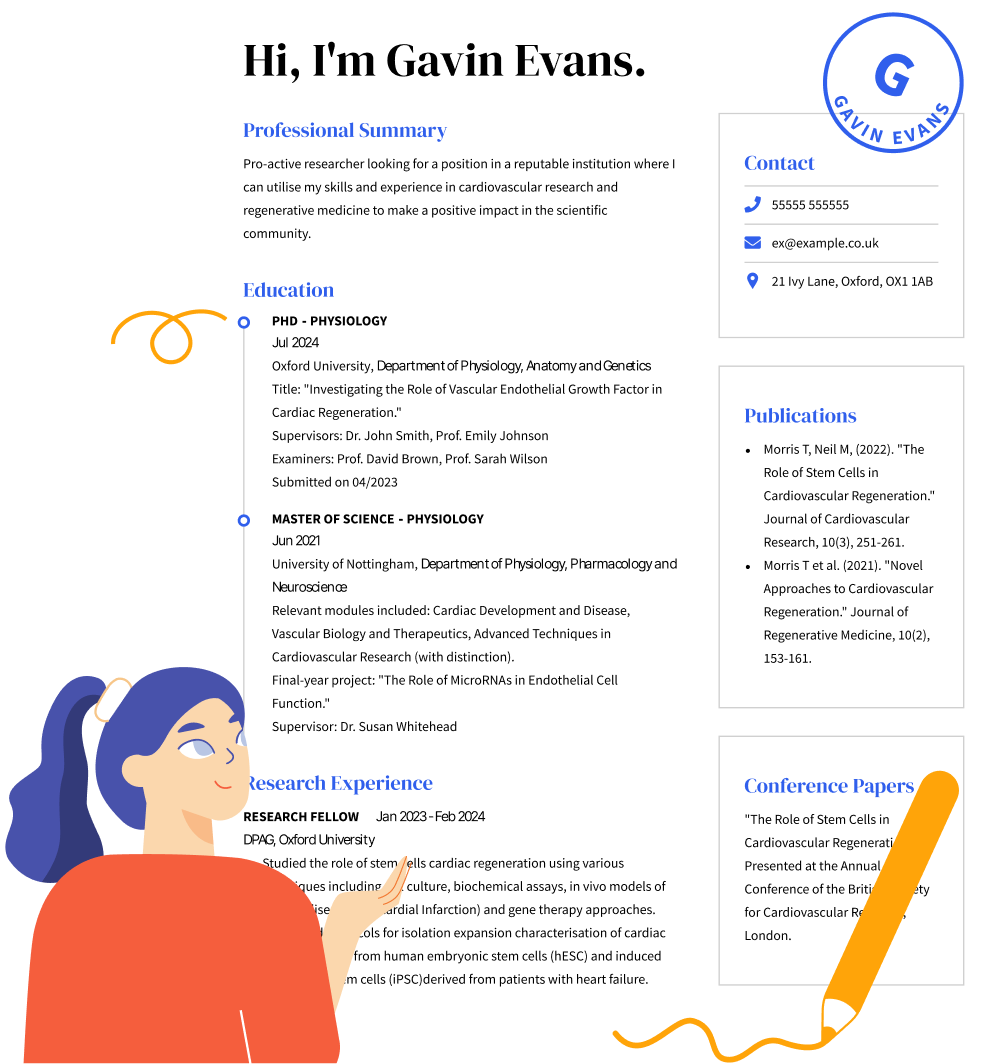
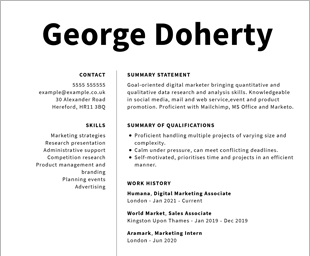
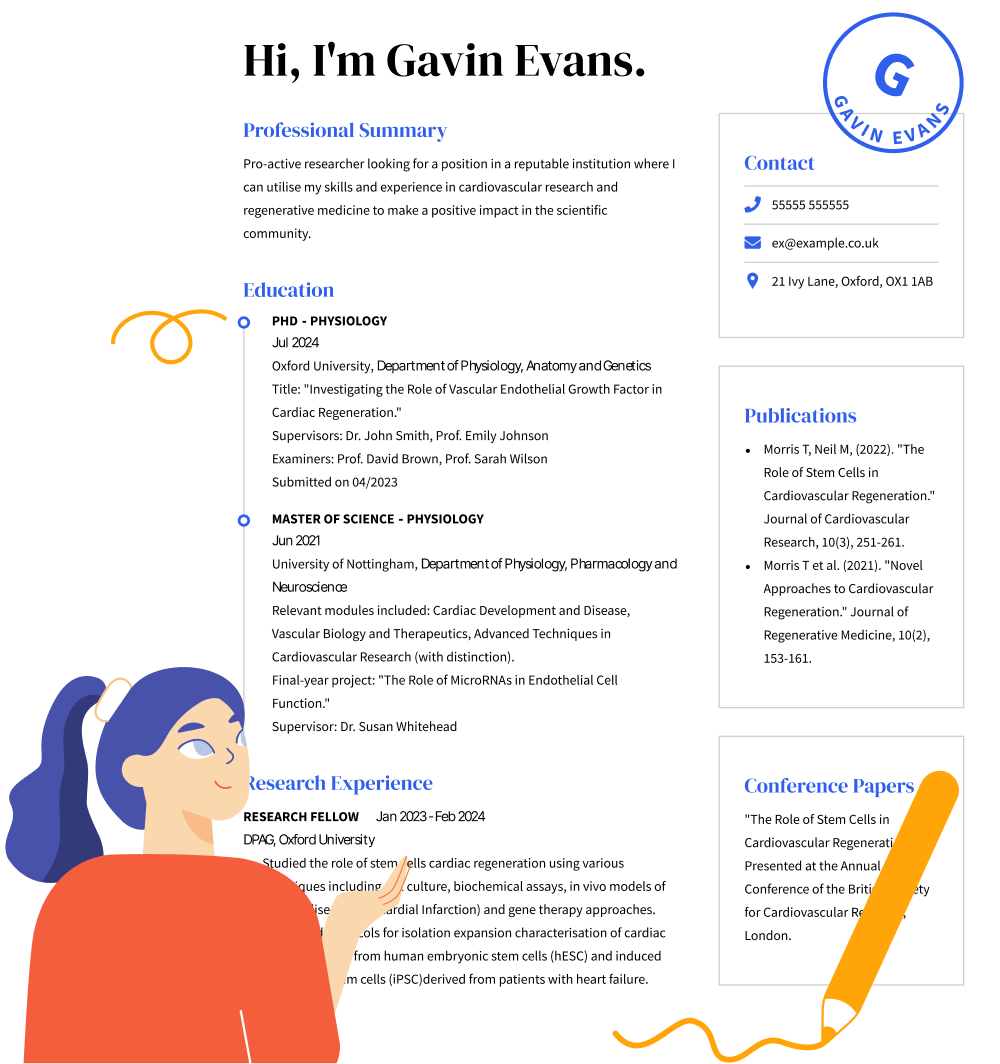
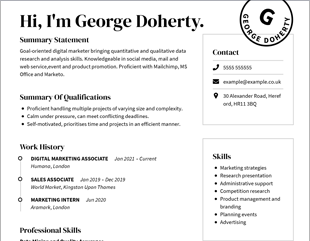
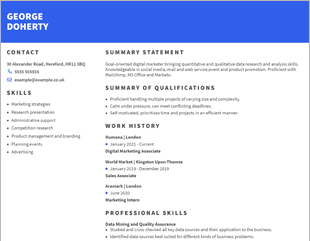
OUR USERS HAVE BEEN HIRED BY
Work history
Do:
Don’t:
If you don’t have much experience outside of your mandated student teacher placement, you can still produce an impressive CV. Simply choose a functional format and use the career objective to explain why you’re the ideal candidate. Match the skills outlined in the job description to help the hiring manager match you to the role.
To become a special education teacher, you must complete the following steps:
1. Earn a bachelor’s degree in special education for learning disabilities.
2. Complete a student teaching placement in a special education school.
3. Pass required tests to have qualitifed teacher status (QTS).
Yes! Cover letters are a great way to explain why you’re the ideal candidate in greater detail. Most employers will tell you if you need to include a cover letter in a CV, but in general it’s a good move to submit one. This allows you to explain your special certifications and knowledge at length, grabbing the hiring manager or recruiter’s attention. Cheque out how you can write a teacher cover letter with this guide!
We personalize your experience.
We use cookies in our website to ensure we give you the best experience, get to know our users and deliver better marketing. For this purpose, we may share the information collected with third parties. By clicking “Allow cookies” you give us your consent to use all cookies. If you prefer to manage your cookies click on the “Manage cookies” link below.